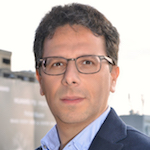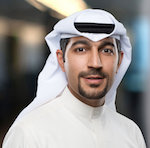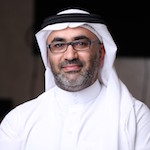
More than $900 million has been invested in regional digital startups in the last 4 years. With over 100 active institutional investors across the region, MENA has witnessed a significant proliferation of new funding institutions in the past 5 years, with Venture Capital (VC) funds, in particular, capturing the largest percentage of the investor community and doubling in number from 2013 to 2015. We spoke to key investors across the region to get their perspective on the state of venture capital in the region, the major trends, what they consider a good venture return, their predictions, and more.
During the next couple of weeks, in a series of posts, we will be sharing their insights with you. You can find part 1 here and part 2 here
What are the major trends you’ve seen in the region in regards to VC asset class? And what does that mean for allocation to the class going forward?

Fares Ghandour
Partner @ Wamda Capital
There are more funds being raised, covering wider scopes both geographically and in terms of sector. Financing tech startups a few years ago meant finding Levantine or Egyptian entrepreneurs starting their businesses in their home markets, scaling to the UAE, with an eye on KSA. That is no longer the case. The UAE is now the primary hub not only for Arab founders but also South Asians, Europeans, and others who eye the MENA, South Asian, and SSA markets. Furthermore, Kuwait has emerged as a core player in the ecosystem, and KSA will start churning out its own success stories as the ecosystem matures there. The first wave of companies has been in consumer tech, mostly e-commerce, media, marketplaces, and on-demand services. Today, we're looking at a future where Fintech is part of the core MENA tech story alongside consumer tech. The credit gap is the largest globally on a per-capita basis and financial inclusion is a major infrastructural hindrance to the health of the private sector in the region.

Walid Hanna
CEO @ MEVP
As previously discussed, we’re seeing overall improvement in the trajectory of venture capital investment in MENA driven by a population that is catching up the developed world technologically-speaking. Moreover, key verticals are now reaching a point of maturity where exits begin to take place. We believe allocation to the VC class (from family offices, asset managers, etc.) will continue to grow for the foreseeable future as macro trends drive up the value of regional startups, which in turn drives growing number of exit opportunities across the region, which leads to LP investments in existing funds materializing.

Managing Partner @ Faith Capital


Latest Business
Intelligence Report














